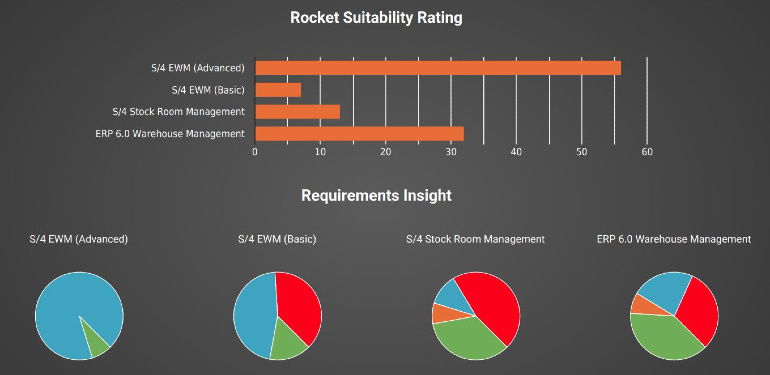SAP EWM S/4HANA 'Basic' or 'Advanced'? What is the difference?
.webp)
Looking to transform your supply chain or harness the power of innovative SAP solutions? We have the expertise and experience to drive your operational excellence.
Contact us today to discuss your needs further.
Whether you're looking to optimise your business processes or streamline your operations, we have the expertise and experience to help you achieve project success.
Contact us today to discuss your needs further.
Learn how our SAP solution extensions can help your workforce reduce reliance on manual paper based activities and ensuring the ever changing needs of your supply chain operational workforce is supported.
Book a demo to learn more.
We work closely with our clients to understand their unique needs and challenges. Explore our SAP expertise services to learn more.
.webp)
Over the past few years, we have written in depth about SAP warehouse management solutions (WMS) and the benefits organisations can derive from migrating to SAP Extended Warehouse Management (EWM).
The combination of legacy and new software platforms has led to four potential options for consideration, so how do you know that you are selecting the best fit platform for your business?
Take the Free Online Assessment Now - SAP Warehouse Management Selection Tool
Understanding the difference between the different SAP warehouse management platforms – SAP Stockroom Management, SAP Warehouse Management (WM), EWM Decentralised (Advanced) and EWM Embedded (Basic or Advanced) - can be a real challenge, so here is a quick outline of what’s currently available:
SAP Extended Warehouse Management (EWM) is a comprehensive warehouse solution using shared resources across your supply chain landscape. SAP EWM can be used in one of two modes - Basic or Advanced. To get some guidance on which one would suit you best, check out our blog for more details.
Making the right platform selection is an essential part of the project business case, ensuring alignments across strategic business, IT, operations objectives, as well as key functional requirements. With these four options available, where do you start in choosing the right solution?
The Rocket SAP Warehouse Management System (WMS) assessment tool provides IT and supply chain leaders with a method to rapidly align the WMS platform capability with their specific needs. It can help clarify your business needs and help to unpick the complexity of the solutions available so you pick the best SAP solution for you. Providing transparent results with detailed visual insights, it helps create robust reporting to engage and influence key stakeholders in support of the project from the outset.

Taking a condensed set of requirements based on what typically drives platform decisions, and evaluating these against the severity of needs, ‘not required’, ‘nice to have’, ‘required’ or ‘must have’, the evaluation logic matches the business requirements you have highlighted against the capability of the platform. The unique scoring matrix provides a suitability rating, recommending the most appropriate platform, which often is not the most costly or complex.
The results also come with detailed insights that show the proportion of requirements that fit, exceed, partially meet or have gaps, which offers customers real transparency and a deeper understanding of the scoring process and the choices available. Customers can access detailed personalised requirements analysis where line by line they are shown exactly how the recommendation has been built. You will see where there are gaps and also where the solution exceeded input requirements. This transparency also shows the weighting on each and every level of functionality, helping customers evaluate the benefit per each functionality item.
There is a growing need for a solution for customers who want to do their own impartial research before speaking to suppliers, which has been accentuated by Covid. Rocket’s digital tool puts the control of the decision phase back into customers’ hands, which in the short-and long term can only be a good thing.
Access The Rocket SAP WMS Online Selection Tool today and create your free personalised warehouse management platform suitability report.